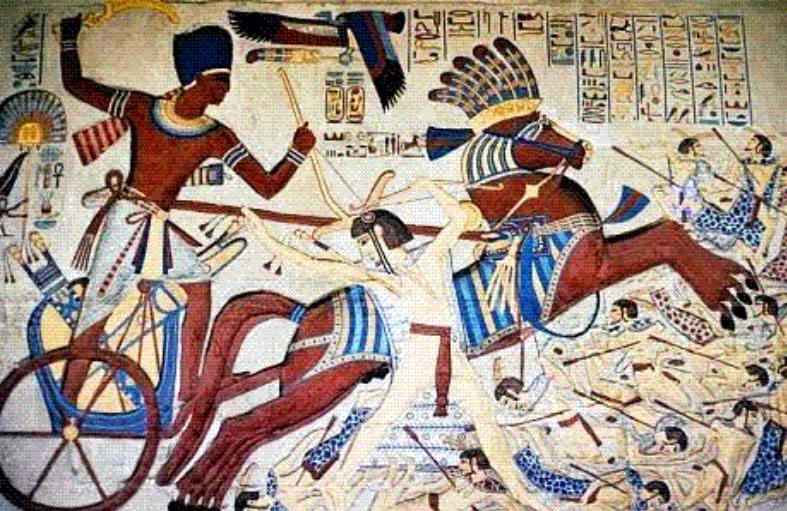The Fall of Ancient Egypt: The Decline of an Empire
The fall of ancient Egypt, a civilization renowned for its remarkable achievements in architecture, art, and governance, is a tale marked by complexity and gradual decline. This article delves into the multifaceted causes of the fall of ancient Egypt, examining the interplay of internal strife, economic challenges, foreign invasions, and cultural shifts that culminated in the end of one of history’s most iconic civilizations.
Political Fragmentation and Internal Strife
One of the primary factors contributing to the fall of ancient Egypt was political fragmentation. Throughout its long history, Egypt has experienced several periods of disunity and conflict. The most notable of these were the First and Second Intermediate Periods, which occurred between the Old, Middle, and New Kingdoms.
The First Intermediate Period (c. 2181-2055 BCE)
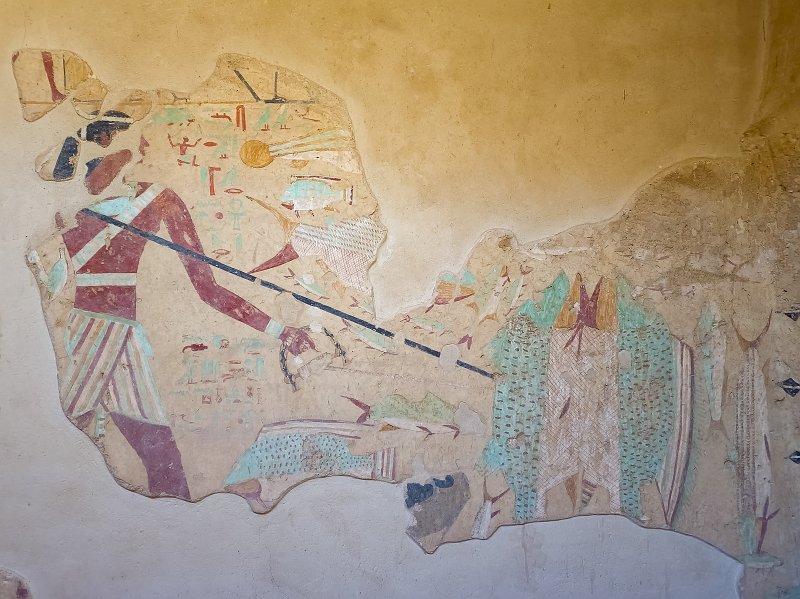
Following the Old Kingdom, a time characterized by strong centralized authority and monumental construction, Egypt entered a phase of chaos and division known as the First Intermediate Period. This era saw the collapse of the central government, leading to the emergence of regional rulers known as nomarchs. These local leaders vied for power, resulting in a fragmented political landscape.
As various nomarchs attempted to establish their authority, Egypt became a patchwork of rival factions. The lack of unity not only weakened the state but also made it vulnerable to external threats. It wasn’t until the rise of the Eleventh Dynasty that Egypt began to reunify, but the scars of this period lingered, setting a precedent for future instability.
The Second Intermediate Period (c. 1650-1550 BCE)
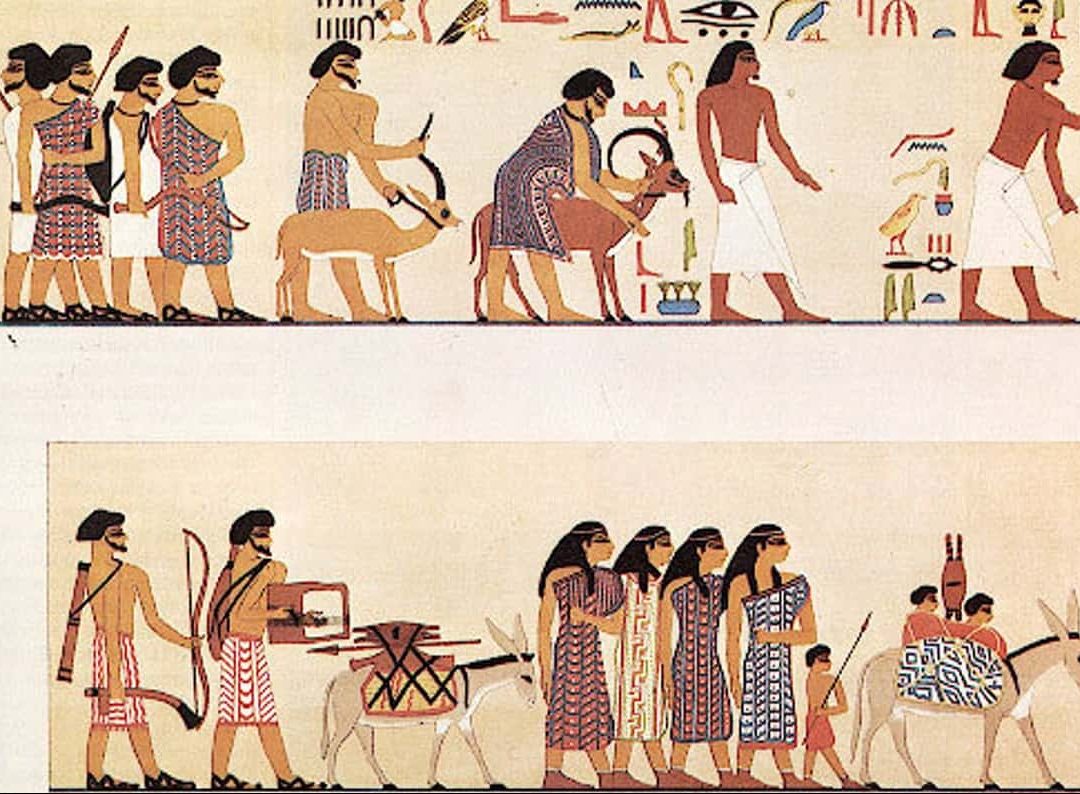
The Second Intermediate Period saw the rise of the Hyksos, a group of Semitic invaders who seized control over northern Egypt. The Hyksos introduced new technologies, such as the horse-drawn chariot and advanced weaponry, which were unfamiliar to the Egyptians. Their invasion marked a significant turning point in Egypt’s history, as it highlighted the vulnerability of a once-mighty civilization.
The subsequent struggle to expel the Hyksos led to further internal strife. Native Egyptian rulers, including the Seventeenth Dynasty, rose to challenge the invaders, culminating in the eventual reunification of Egypt under the New Kingdom. However, the damage caused during this time contributed to a lingering sense of vulnerability that would resurface in later centuries.
Economic Challenges
The economic foundation of ancient Egypt was deeply intertwined with the Nile River, which provided fertile land for agriculture. However, several factors contributed to economic challenges that played a critical role in the fall of the civilization.
Dependence on Agriculture
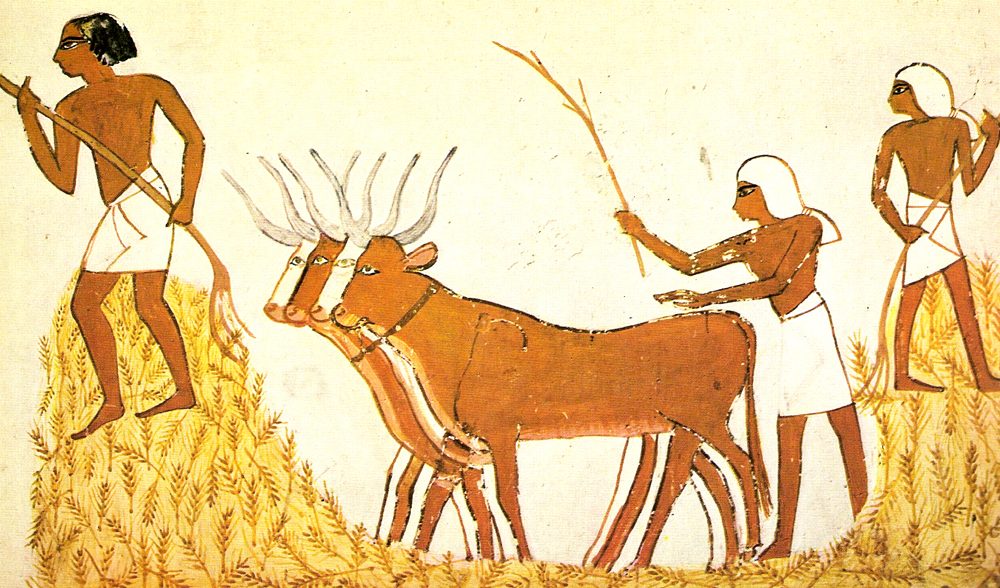
Egypt’s economy was predominantly agrarian, relying on the annual flooding of the Nile to enrich the soil and support crop growth. While this system had sustained Egypt for millennia, it also rendered the civilization vulnerable to environmental changes. Periods of drought or unexpected flooding could devastate harvests, leading to famine and social unrest.
Economic Mismanagement
As Egypt’s population grew and the costs of maintaining monumental architecture increased, economic mismanagement became a pressing issue. The bureaucracy expanded, necessitating higher taxes and diverting resources from essential services. The state’s reliance on tributes and forced labor further exacerbated tensions among the populace, leading to resentment against the ruling class.
This economic strain was particularly evident during the later stages of the New Kingdom, where military campaigns aimed at expanding territory placed an additional burden on the economy. The costs associated with maintaining a vast empire, coupled with declining revenues from agriculture, contributed significantly to the weakening of central authority.
Foreign Invasions
The fall of ancient Egypt was further exacerbated by a series of foreign invasions that tested the resilience of the civilization. Over the centuries, Egypt faced threats from various groups, each leaving a profound impact on its stability.
The Assyrians and Babylonians
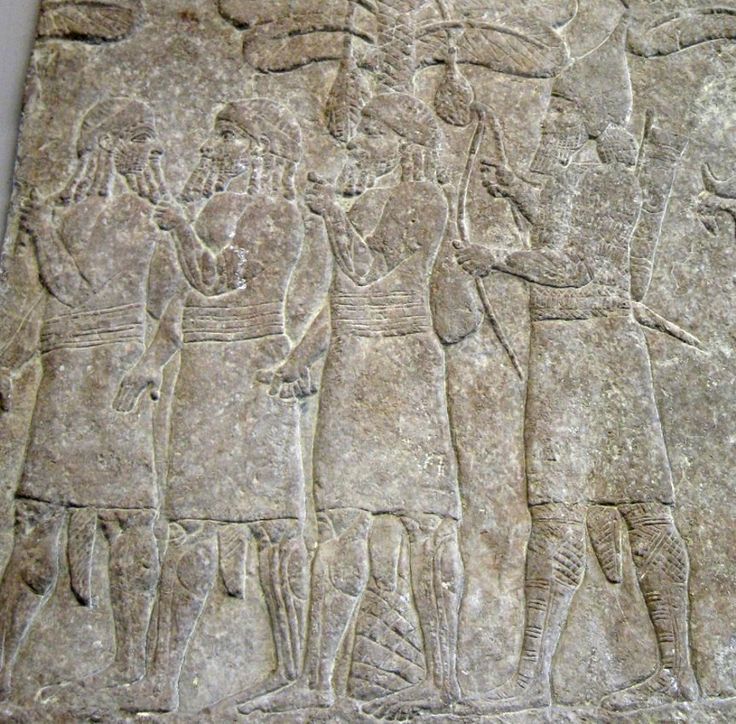
In the 8th century BCE, the Assyrians emerged as a dominant power in the Near East, launching campaigns against Egypt. The Assyrian invasions, characterized by military might and advanced siege tactics, further destabilized the already weakened state. While Egypt managed to repel these invasions temporarily, the constant threat from foreign powers eroded confidence in its leadership.
The Babylonians also posed a challenge during this period, as their expansionist policies threatened Egyptian interests. These conflicts drained resources and diverted attention from internal governance, contributing to the growing sense of vulnerability within Egypt.
The Persian Conquest
The Persian Empire, under Cyrus the Great, conquered Egypt in 525 BCE, marking a significant turning point in the nation’s history. The Persians established control over Egypt, imposing foreign rule and integrating it into their vast empire. This conquest marked the first time in nearly three millennia that Egypt was subjugated to a foreign power, leading to widespread discontent among the Egyptian populace.
Although the Persians allowed some degree of autonomy, the imposition of tribute and foreign governance led to resentment. The symbolic loss of independence further fueled the decline of Egypt’s cultural identity, marking a shift from the proud traditions of the past.
Cultural Changes and Adaptation
The cultural landscape of ancient Egypt underwent significant changes as a result of foreign rule and internal struggles. These transformations played a pivotal role in the civilization’s eventual decline.
The Hellenistic Influence
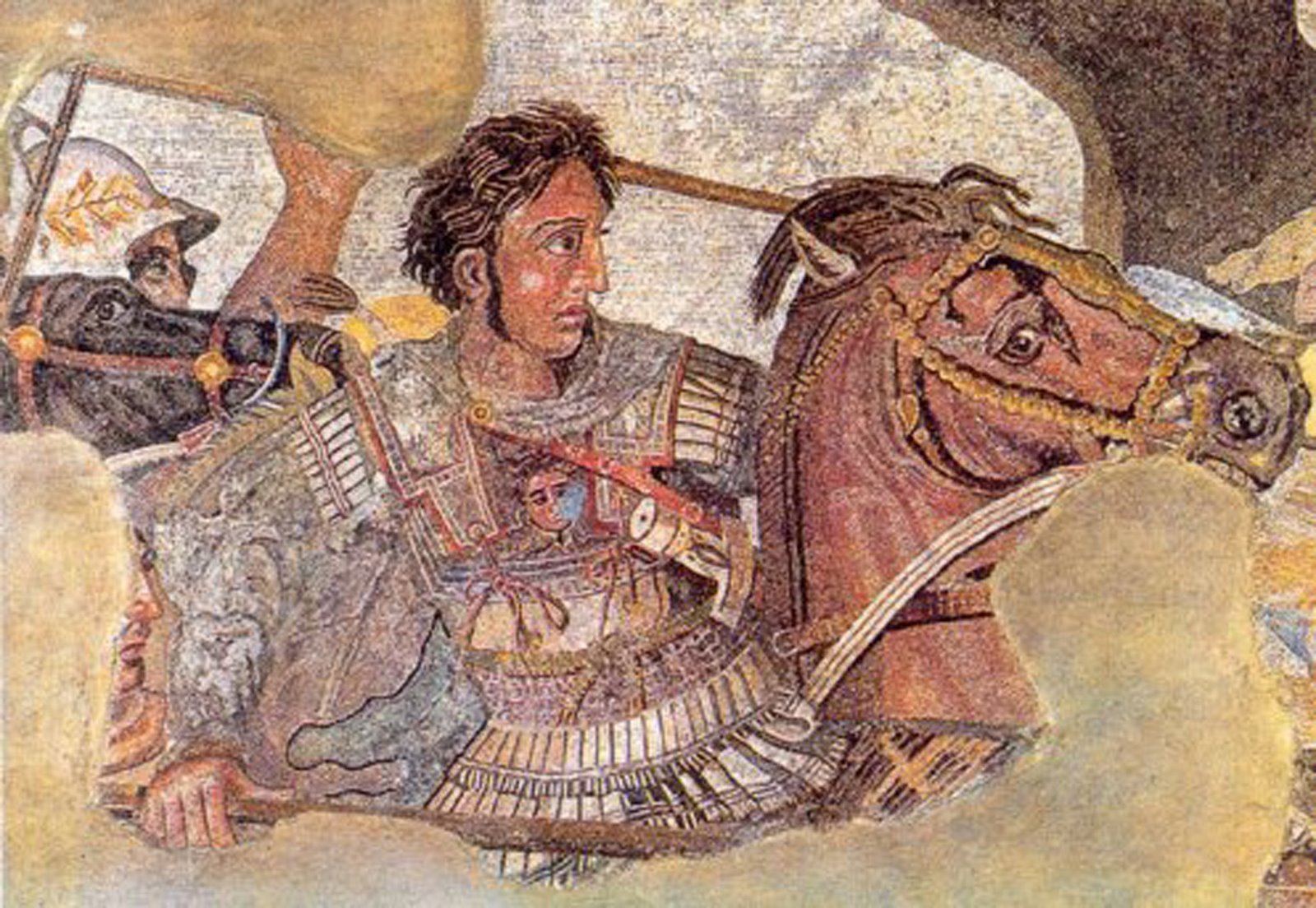
The arrival of Alexander the Great in 332 BCE heralded the beginning of the Hellenistic period in Egypt. Following his conquest, Egypt became a part of the Ptolemaic Kingdom, where Greek culture began to blend with traditional Egyptian practices. While this fusion led to advancements in arts and sciences, it also contributed to the dilution of indigenous Egyptian culture.
The Ptolemies, who ruled Egypt for nearly three centuries, faced ongoing challenges in maintaining control. The attempts to promote Hellenistic culture often clashed with local traditions, leading to tensions among the populace. This cultural shift, while rich in artistic and intellectual achievements, contributed to a sense of disconnection from the ancient traditions that had defined Egyptian identity for millennia.
The Roman Annexation
The fall of ancient Egypt reached its final chapter with the rise of Rome. Following the defeat of Cleopatra VII and Mark Antony in 30 BCE, Egypt was annexed as a province of the Roman Empire. This marked the end of Egypt as an independent entity and signaled the culmination of centuries of decline.
Under Roman rule, Egypt experienced both benefits and drawbacks. While the Romans invested in infrastructure and trade, the loss of sovereignty and autonomy left a lasting impact on the Egyptian people. The imposition of Roman laws and taxation systems contributed to further discontent, as the rich cultural heritage of Egypt was overshadowed by a foreign power.
Final Thoughts:
The fall of ancient Egypt was not a singular event but a complex process shaped by a multitude of factors. Political fragmentation, economic challenges, foreign invasions, and cultural shifts combined to weaken a civilization that had once stood as a beacon of human achievement. While the fall marked the end of Egypt’s sovereignty, its legacy endures, influencing cultures and civilizations long after its political demise.
As we reflect on the fall of ancient Egypt, we recognize the importance of understanding the past. The lessons learned from this remarkable civilization remind us of the fragility of power and the enduring nature of cultural identity. The story of Egypt serves as a testament to the resilience of human achievement, even in the face of decline.

